Exhibitions to see this month – plus: what to read, watch and listen to when you’re self-isolating
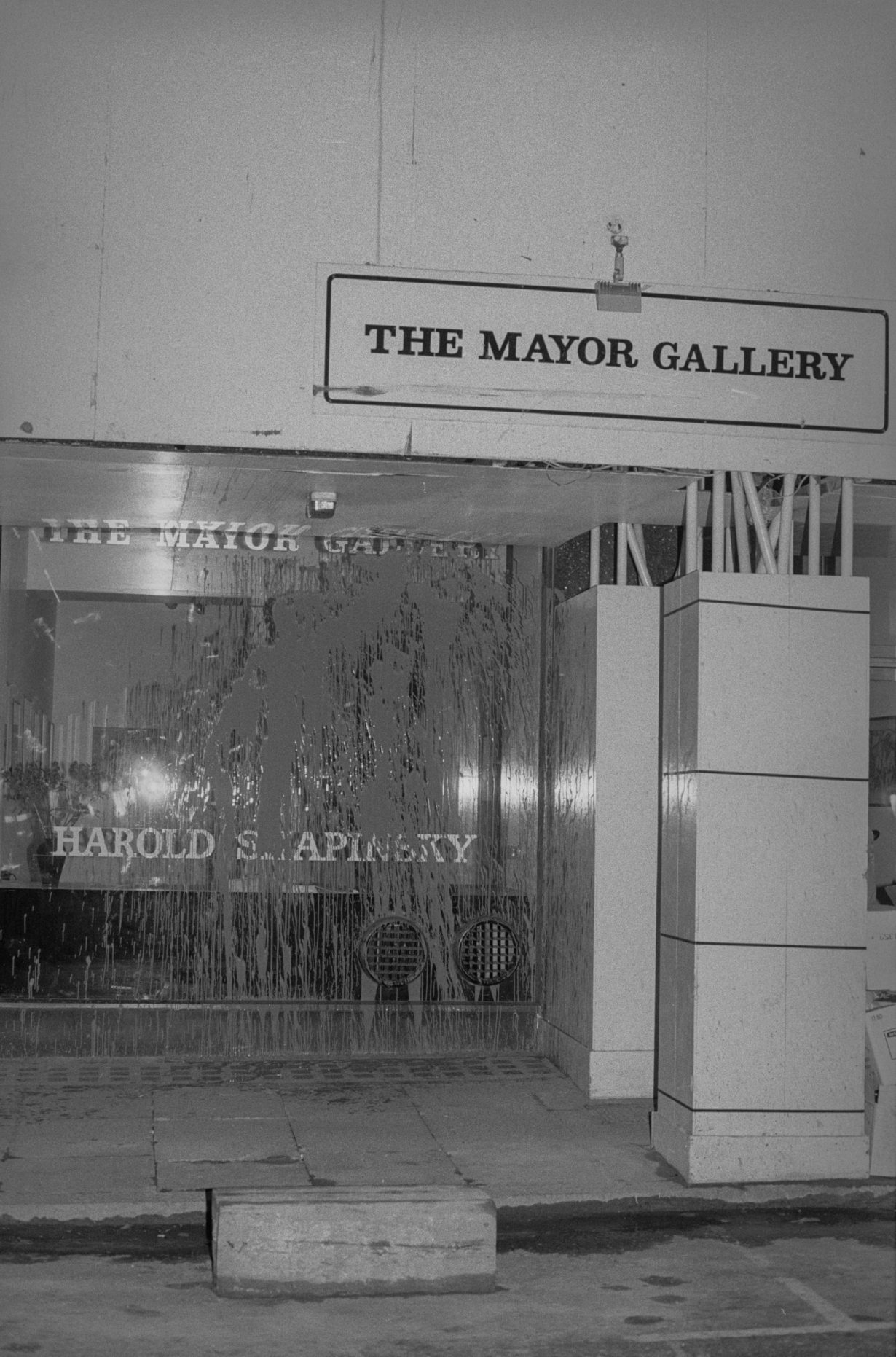
The Grey Organisation, Cork Street Attack
The Mayor Gallery, London, 12 January – 25 February
Before the Young British Artists of the 1990s (remember them?) there was a post-punk art scene in 1980s London. The Grey Organisation, a collective of artists formed in 1982, shaven-headed and dressed in uniform grey suits, staged Situationist-inspired interventions against an otherwise stuffy and conservative artworld, with Cork Street as its commercial epicentre. There, in May 1985, they staged their notorious grey-paint vandalism of the Mayor Gallery’s shopfront. The group broke up in 1991, but not before having immersed themselves in anti-Thatcher agit-prop and the experimental music scene, while working increasingly in pop culture (a move to New York led to the group designing the cover art for De La Soul’s legendary 1989 album 3 Feet High and Rising). Thirty-seven years later, the Mayor Gallery has forgiven everything and is the venue for this archival show returning to the group’s anarchic, diverse output.
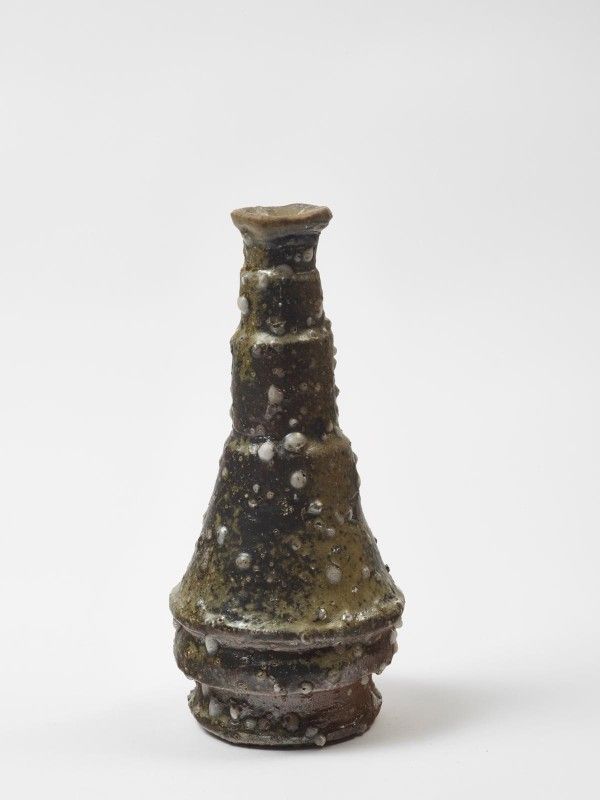
Steven Claydon, Lacrimosa
Sadie Coles HQ, London, 12 January – 26 February
Claydon’s ceramic vessels are full to the brim with grand allegory and sprawling citation, from his use of ancient Japanese stoneware techniques through to references that range from the wabi-cha tea ceremony to the tear-vials of Roman mourners. Claydon’s objects – created through ‘a process of arcane forging and archaeological retrieval’ by being fired over the course of 60 hours in an anagama ‘hole kiln’ – invoke the artistic tradition of vanitas, foregrounding its themes of the passage of time, life, death and transcience: perhaps visible in the forms of the vessels themselves, which suggest the shapes of mines and grenades.
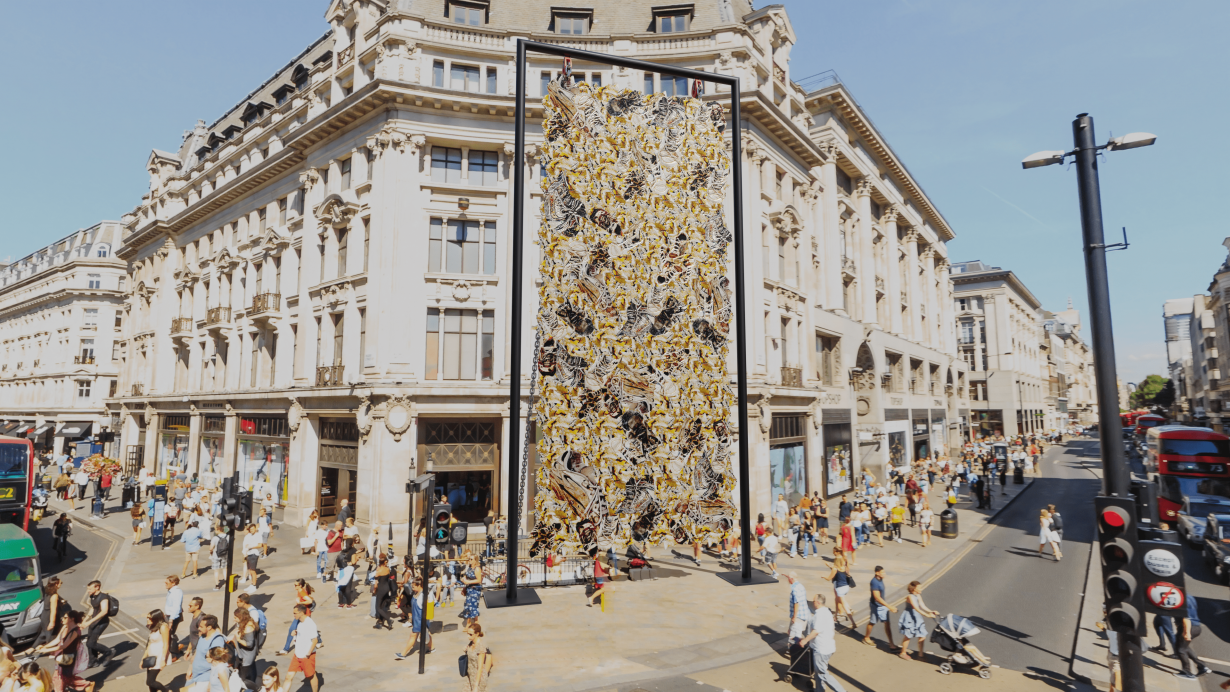
Testament
Goldsmiths CCA, London, 21 January – 3 April
This group show offers ‘proposals’ from 50 artists for a new monument in the UK, in response to the highly-charged debate around the role of memorialisation, heritage and monument culture in public life (last week saw the acquittal of four young activists who tore down the statue of slave-trader Edward Colston in Bristol in 2020). The proposals include drawings, installations and performances from the likes of Phyllida Barlow, Alvaro Barrington, Holly Hendry, Lawrence Lek, Oscar Murillo, Tai Shani, Zadie Xa and Abbas Zahedi, in order to ‘consider what is at stake in tearing down and erecting monuments, and what it might mean to rethink the idea of the monument’.
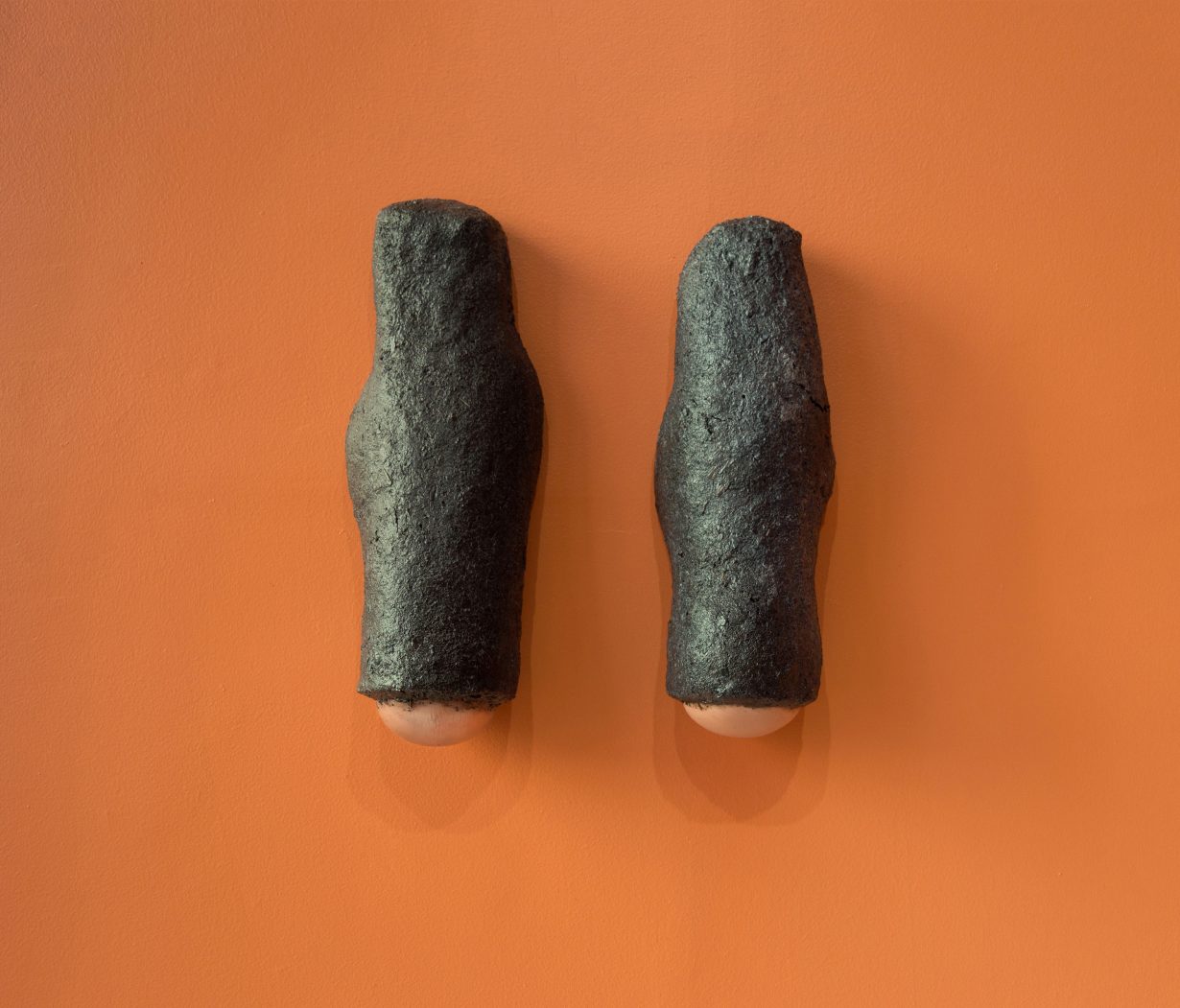
Pedro Wirz, Environmental Hangover
Kunsthalle Basel, 21 January – 1 May
In the library of Kunsthalle Basel, during the last Art Basel art fair, hung what appeared to be a giant nest. A murky mix of brown, green and a burnt-earth red, ribbed and mottled, the sculpture seemed set to burst, threatening to spray the surrounding books with bugs. Titled after Marimbondo surrão, a wasp native to the artist’s Brazil, with the word surra meaning ‘a beating’ in Portuguese, the organic form was undercut with questions of labour and violence, and humankind’s relationship with the natural world. Wirz is now back at the Swiss institution for his biggest museum show yet: expect eggs, earth and beeswax, cast bronze, decaying textiles and organic debris in work that plays with seduction and disgust in equal measure.
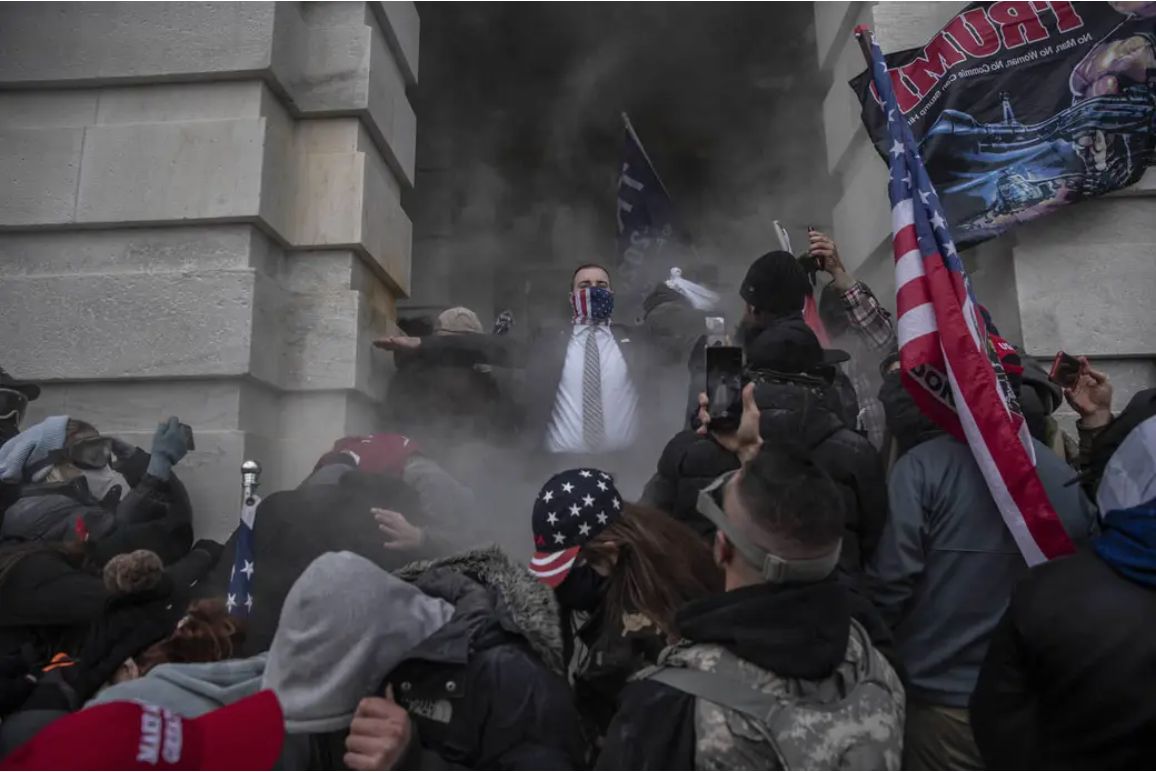
Storming of the Capitol
Bronx Documentary Center, New York, 29 January – 20 March
Shortly after the Capitol riot on 6 January 2021, an event that saw pro-Trump protestors storming Washington’s Capitol Building during a joint assembly of Congress where the formalisation of Joe Biden’s presidency was taking place, and which resulted in the deaths of five and the assault and injury of more than 150 people, Lewis Gordon wrote for ArtReview about the proliferation of selfies taken by MAGA and QAnon protestors – the ‘inevitable byproduct of twenty-first century-rioters armed with smartphones and social-media accounts’ – and which remain on the internet as trophy images for the far-right. On the Capitol riot’s first anniversary – amidst reflections on its impact and legacy for the US’s divided political landscape – the Bronx Documentary Center’s forthcoming exhibition of photos and film offers a sharp survey of the day’s confluence of far-right radicalisation and mob violence.

Art for the Future: Artists Call and Central American Solidarities
Aidekman Arts Center, Medford, and SMFA at Tufts, Boston, MA, 20 January – 24 April
In 1982 General Idea organised an open call group show in solidarity with the people of Central America, and in protest of Washington’s covert and overt backing of various right-wing coups and totalitarian regimes within the region. Alongside paintings by Nicaraguan school children, protest banners and homemade solidarity flags, was work by the likes of Ana Mendieta, Juan Sánchez and Tim Rollins. Anne Pitrone made a papier-mâché sculpture depicting a peasant farmer strung up, Christy Rupp created an installation drawing attention to the bloody industry behind America’s banana businesses. The show galvanised a short lived movement, Artists Call, which nonetheless in its twelve-month existence organised hundreds of exhibitions and events throughout the US drawing attention to the horrors being perpetuated across the border. Drawing on the archives of the movement, as well as works by contemporary artists including Naeem Mohaiemen and Carlos Motta, this new show recalls a history unjustly forgotten.
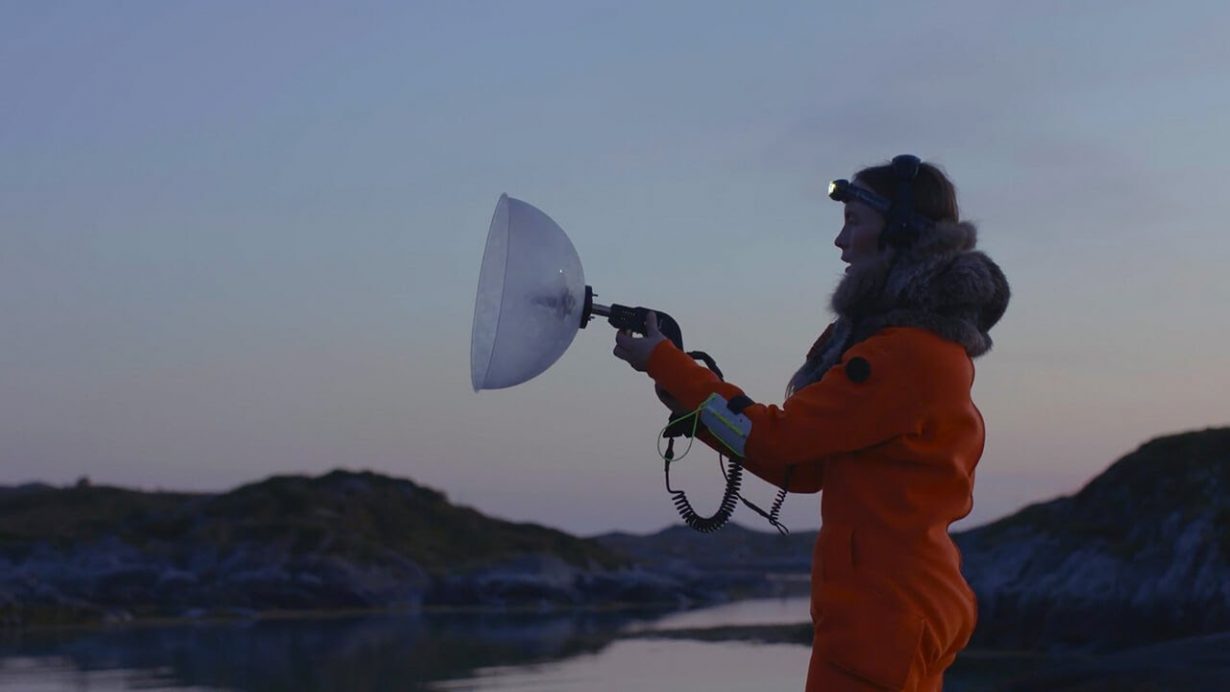
Free Jazz IV: Geomancers
NTU CCA Singapore, 14–23 January
Coinciding with Singapore’s Art Week, the fourth iteration of NTU CCA’s Free Jazz programme of performances, VR and sound installations and more particularly a film programme screening at Gillman Barracks, featuring an intriguing line up of artists: among them Martha Atienza, Rice Brewing Sisters Club, Carolina Caycedo and David de Rozas and Liu Chuang. The programme is focused on environmental consciousness and understanding the world as a ‘vulnerable, yet resilient mesh of coexistences, correlations and cocreations’. Within that rubric, artists are proposed as geomancers – interpreters of the signs of vulnerability, etc; let’s hope they’re kinder than the geomancer who just sent ArtReview Asia its annual forecast, suggesting that, in the light of various signs and symbols, it purchase a mine’s worth of crystals, rearrange its living space and never, ever, leave home for the remainder of the year.
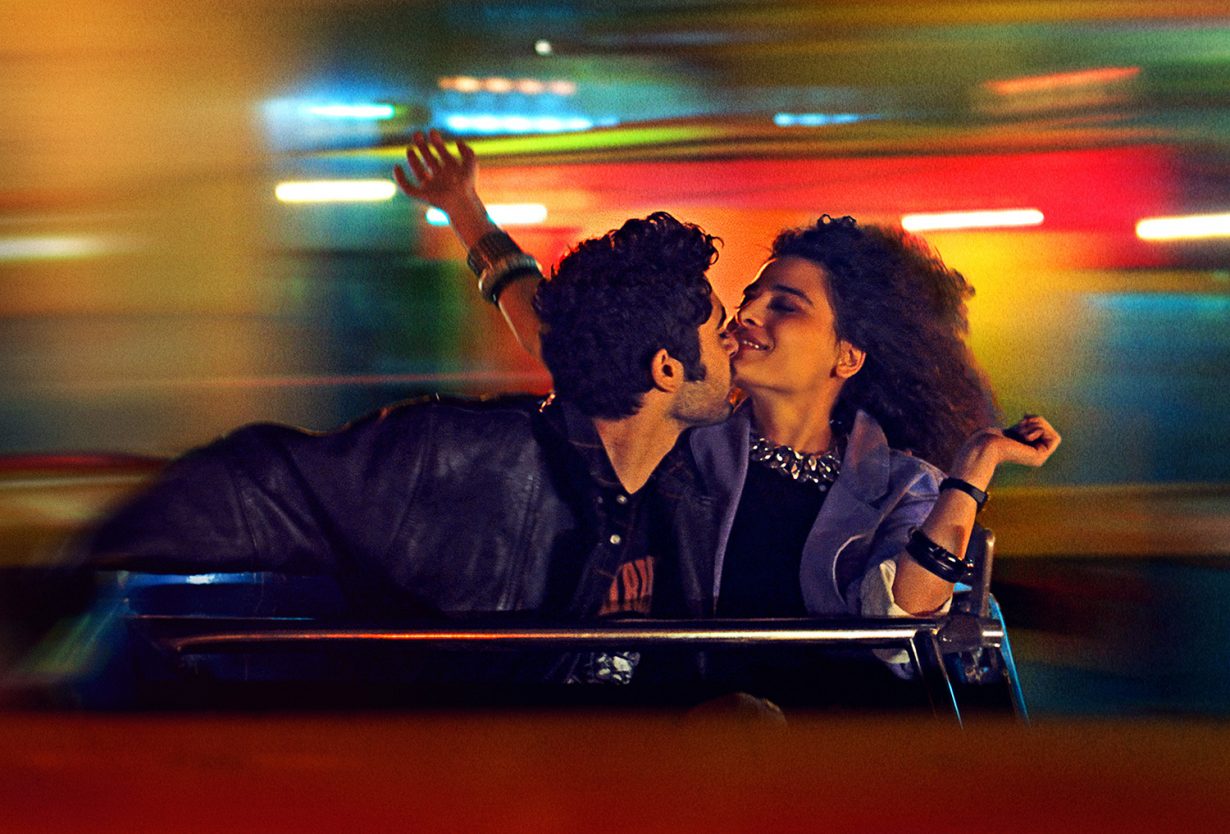
Joana Hadjithomas & Khalil Joreige, MEMORY BOX, 2021, film still. © Haut et Court, Abbout Productions, micro_scope
Joana Hadjithomas and Khalil Joreige, Memory Box
In UK theatres from 21 January
The latest feature from the Lebanese artists/filmmakers extends their longstanding interest in making the invisible visible. Taking as its subject the construction of history, it draws upon Hadjithomas’s own teenage diaries and letters (written during the Lebanese Civil War): Memory Box traces what happens when Maia, a single mother living in Montreal with her teenage daughter, receives a package of notebooks, tapes and photos from her own teenage years in Lebanon. While Maia refuses to engage with this aspect of her past, her daughter dives in, using a mix of fact and fantasy to reconstruct a buried past.
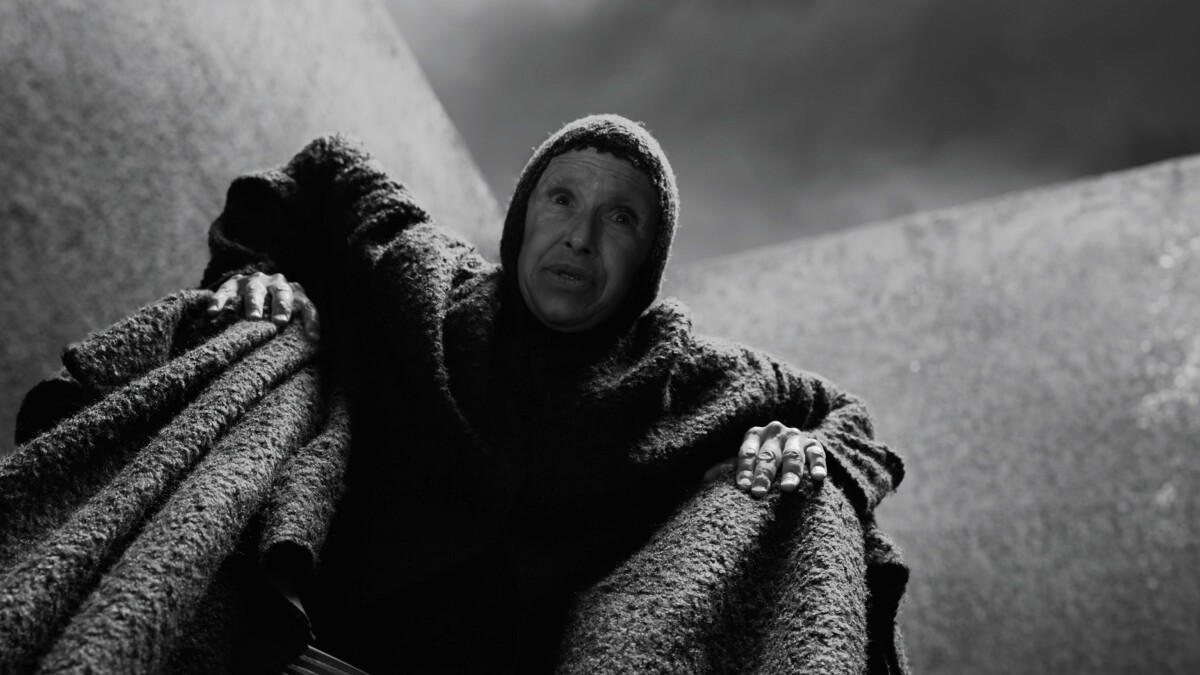
Joel Coen, The Tragedy of Macbeth
Apple TV+, from 14 January
While Scotland prepares to officially pardon the thousands of women accused of and executed for practising witchcraft, one of fiction’s most famous covens prepare to grace the silver screen once again. In Joel Coen’s new film adaptation of Macbeth (first performed in 1606), veteran of Shakespearean theatre Kathryn Hunter portrays the three witches, delivering in her deep creaking voice the sole line in the trailer: “By the pricking of my thumbs, something wicked this way comes…” This is also Joel Coen’s (of the Coen brothers) first solo foray into directing, with Denzel Washington and Frances McDormand cast in the title roles. Already, from the film’s original minute-long teaser, which is in itself a celebration of the play’s creepy mysteriousness, the distinct visual influence of Ingmar Bergman’s 1957 The Seventh Seal is apparent. What promises to be an arresting interpretation of the classic about festering betrayal, existential crisis and questionable morals, Coen’s The Tragedy of Macbeth seems almost as if it’s been specially made and timed for those of us who like to wallow in the long dark nights of January.
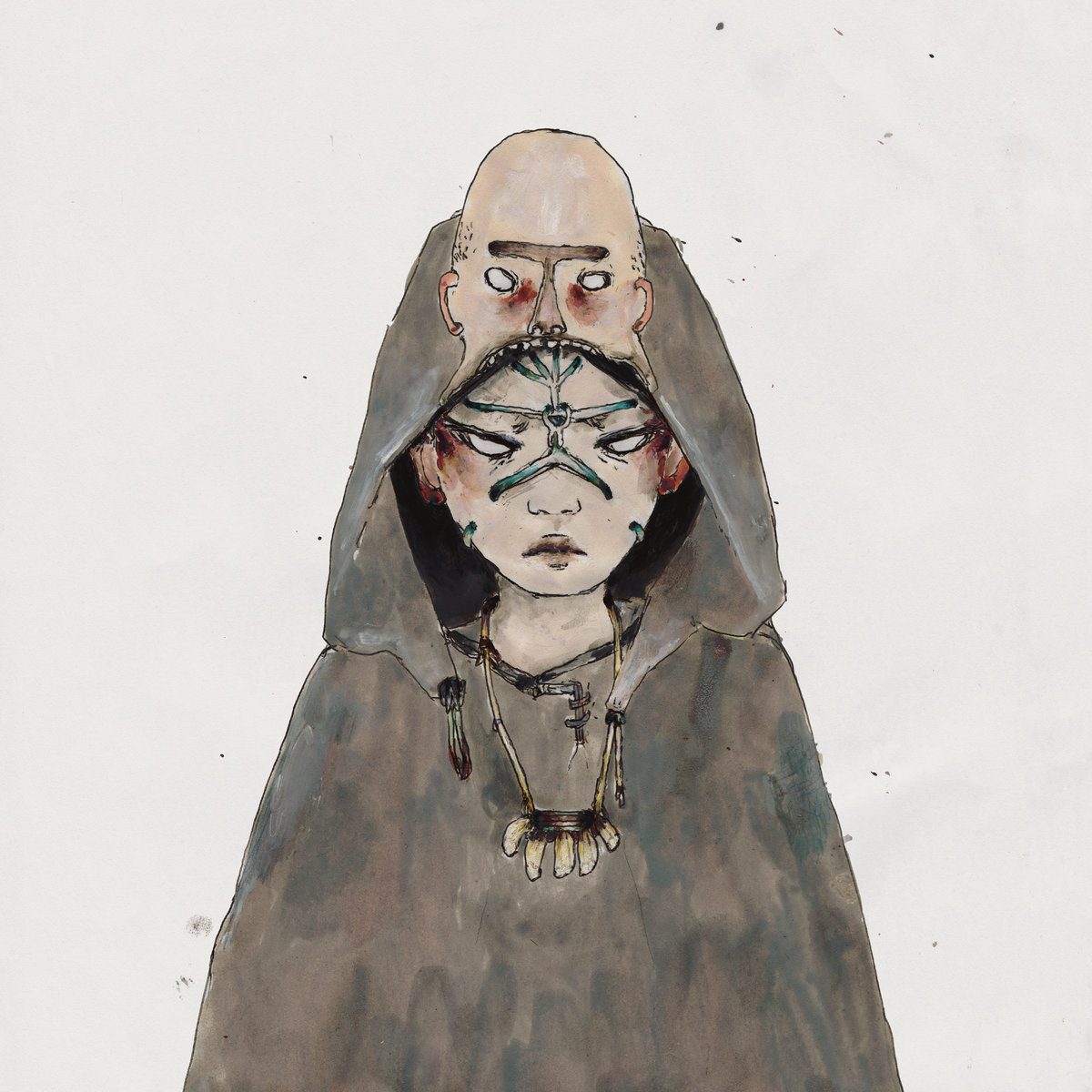
Burial, Antidawn
Hyperdub
The master of the ghostly rave returns, with an EP that takes his sound down to ‘just the vapours’: a hazy, roaming ambience haunted by ‘dislocated, patchwork songwriting’ set in an ‘eerie, open-world, game space’.

Andrea Elliott, Invisible Child
Hutchison Heinemann, £16.99 (hardcover)
The New York Times reporter traces eight years in the life of Dasani (named after the bottled water) and her family (two adults and eight children all, at one point, living in a single room in a homeless shelter with a bucket for a lavatory – because of the high incidence of sexual assault on children who used the communal lavatory proper) as they are buffeted by New York City’s homelessness crises, the aftermath of parental drug addiction, hunger, structural and systemic racism, and the conflict between sticking together and moving on up in the world. While this is a self-proclaimed tale of hope (its subtitle is Poverty, Survival and Hope in New York City), at times the narrative reads like something out of George Orwell’s social commentaries, at others like the plot of a Charles Dickens novel, which makes it all the more shocking that it is an account of the here and now.